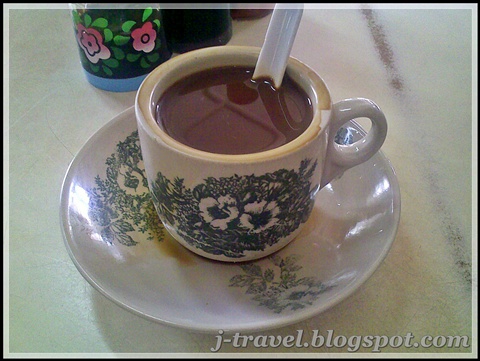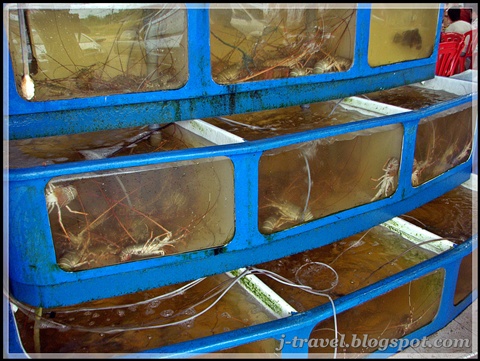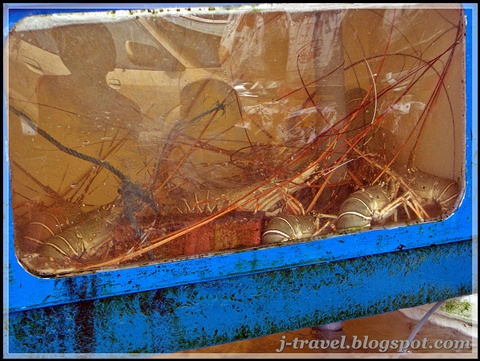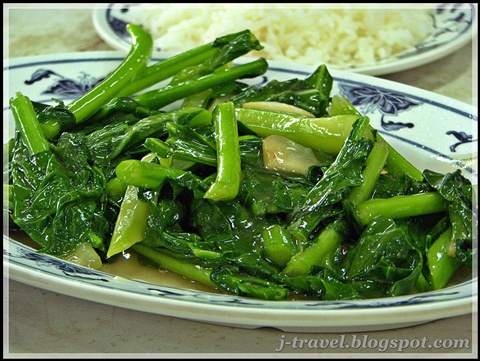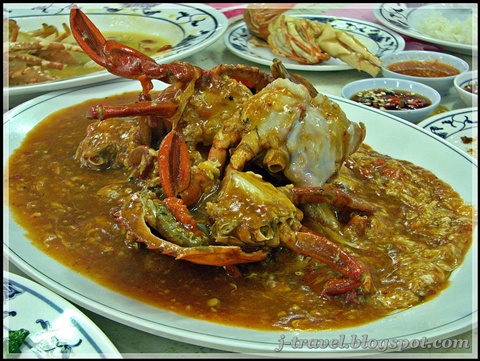 Gate at Auschwitz, July 09. Photo (c) Ruth Ellen Gruber
Gate at Auschwitz, July 09. Photo (c) Ruth Ellen Gruber
By Ruth Ellen Gruber
There's an academic field (or sub-discipline?) known as "Dark Tourism." The term -- as the web site of the
Dark Tourism Forum puts it, is
a label first coined in the mid 1990’s by Professors John Lennon and Malcolm Foley of Glasgow Caledonian University, [and] is the act of travel and visitation to sites of death, disaster and the seemingly macabre. Lennon and Foley’s book ‘Dark Tourism: The Attraction of Death and Disaster’, first published in 2000, whilst not the first publication to address the subject area within academia, it was the first to systematically outline some of the issues and concerns associated with tourism, death and associated suffering.
The Forum cites as examples of Dark Tourism such varied places as the London Dungeon, the Killing Fields of Cambodia, Ground Zero in New York, the Sixth Floor in Dallas (from which President Kennedy was shot), Arlington National Cemetery in Washington DC -- and, of course, Auschwitz.I guess a lot of the travel that I carry out, write about (and, OK, promote) to sites of Jewish heritage can seem to some observers to fall under this rubric -- afterall, I'm talking about often abandoned cemeteries, ruined synagogues and other relics of a civilization and people who were all but wiped off the map in a horribly brutal fashion....
I prefer to see visiting these places, however, as an affirmation -- and acknowledgement -- of life; of lives lived, of culture created, of richness and fullness over the centuries. Yes, destroyed: but, as my brother Sam once (more than once) put it, Jews did not sit around in Europe for hundreds of years just waiting to be killed....their lives, culture, religious traditions, creativity, contributed mightily to Europe as a whole, and visiting sites of Jewish heritage is a recognition of this fact -- as fact that was woefully ignored, suppressed, or diminished for decades.
Visiting specific Holocaust sites is, on the other hand, a pure example of Dark Tourism. Commemoration, memorial and recognition, too, of course. But at death camps and execution sites one remembers and responds to the death and disaster.
Last weekend, I took a friend to visit
Auschwitz for the first time. He is an American musician who was on tour in central Europe, and the festival he played in southern Poland was the first time he had been to Poland. Auschwitz is located only an hour or so away from the festival site. My friend had one morning free after the gig, so I drove him up there.
He is not Jewish, but he was born just four years after the end of World War II, and he remembers from his childhood how heavily the legacy of the War and the Holocaust was felt -- even in America. He grew up with the images and the imagery: the Arbeit Macht Frei gate, the crematoria; the railway head at Birkenau where railcars of Jews were separated, to the left, to the right.
Even though we had very little time that morning, touring the site with him -- first Auschwitz I, where the museum exhibits are arranged in brick barracks, then the vast, empty field at Birkenau -- was a powerful and moving experience.
I have been to Auschwitz many times by now, and each time I go there I feel that I am stepping into a place that is sort of in a different dimension. Things get distorted: thoughts, feelings, time, sounds. Inside the perimeter, I often feel that nothing outside exists. Yet, on occasion, I have spent hours simply prowling around
outside the camp, photographing the signage and everyday banalities that
do exist there "in the real world." (Afterall, more than half a million people a year visit Auschwitz, so it's clear that there will be infrastructure such as parking lots, coffee shops, WCs, restaurants, hotels, and shops selling books and souvenirs.)
 Photo (c) Ruth Ellen Gruber
Photo (c) Ruth Ellen Gruber
This time, I mainly just walked with my friend. Seeing it all, a bit, through his eyes -- his first tangible encounter with the reality of Auschwitz -- as well as my own.
 Photo (c) Ruth Ellen Gruber
Photo (c) Ruth Ellen GruberThe night before we went there, we sat talking with some of the members of the Czech band that my friend was touring with. The young drummer, David, suddenly volunteered that one of his grandmothers was a survivor of Auschwitz, and that her parents, his great-grandparents, had been murdered there.
Did he want to go with us? I asked him.
No, he had already been and didn't need to go back, he said. But, he told us, "say hello to my family...."
 Photo (c) Ruth Ellen Gruber
Photo (c) Ruth Ellen Gruber
P.S. For those visiting Auschwitz who want to see how Jews lived before the Holocaust, I recommend a visit to the
Auschwitz Jewish Center in Oswiecim, the town outside which the death camp was built. Oswiecim's pre-war population was more than 50 percent Jewish -- it was known in Yiddish as Oshpitsin -- and the museum is located in the complex that includes the town's one surviving synagogue. The exhibit deals largely with local pre-war Jewish life, and the center has other resources, too.
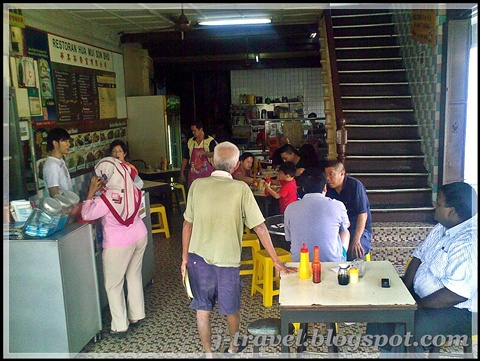 The customers of the Kopitiam
The customers of the Kopitiam